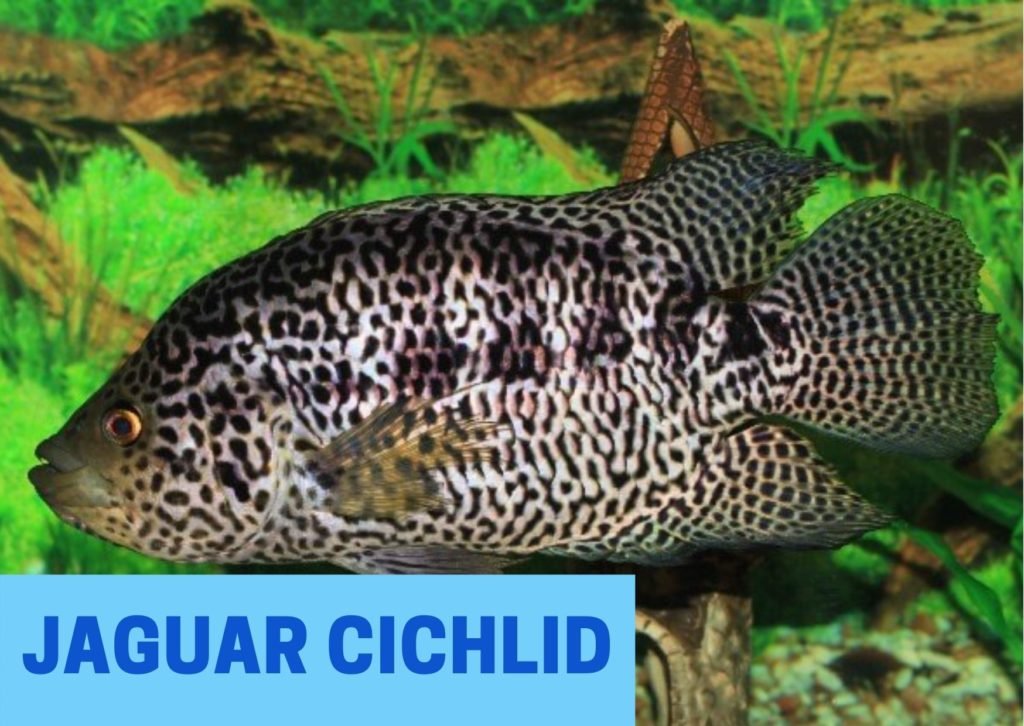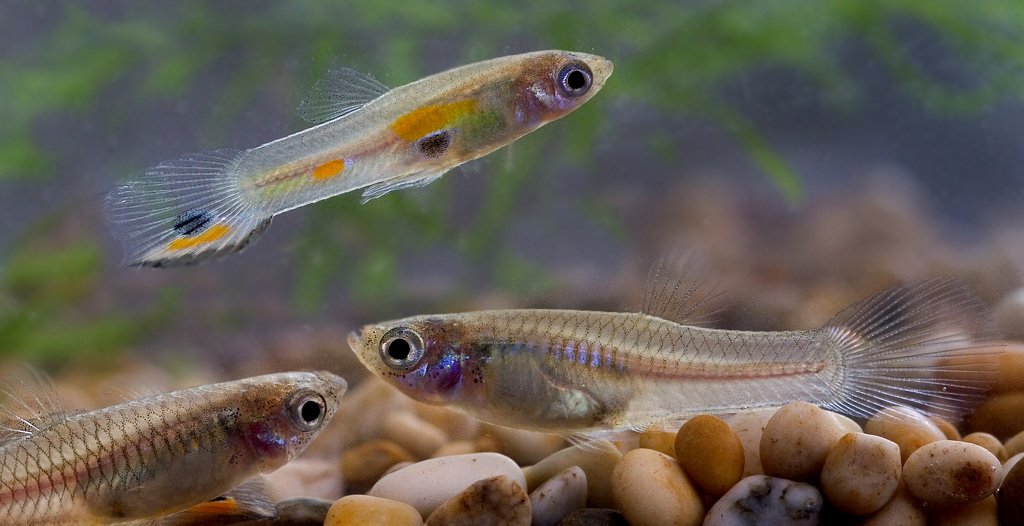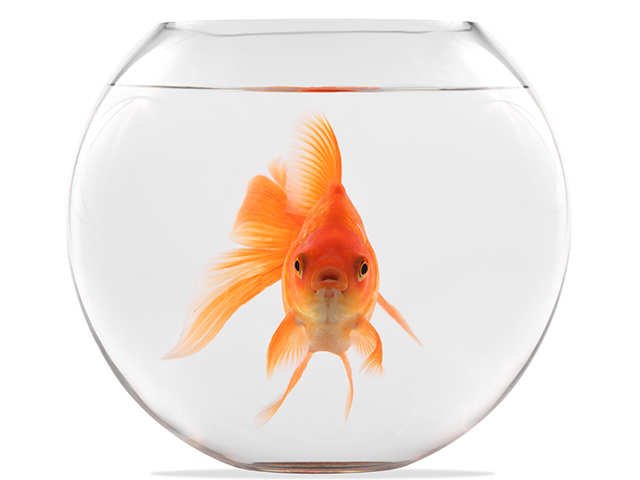Aggressive freshwater fish are the most challenging part of owning an aquarium. The aggressive breeds of fish can be difficult to care for and put a great strain on your budget.
The best way to deal with these fishes is by selecting the right breed for your needs and environment and keeping them in a well-balanced tank.
Table of Contents
aggressive aquarium fishes
In this article, we will be talking about aggressive aquarium fishes. A variety of fish – from the tiny Tetra to the huge Whale Shark – can be a problematic tankmate for a freshwater or saltwater aquarium. Some aquarium fish are easy to take care of and others are very difficult to maintain in an aquatic environment.
This article is going to talk about some of the most common aggressors that you may have in your tank and what you can do if they become too much for your tank size or other inhabitants.
Much aggressive fish are actually rather attractive! If you’re not frightened of a little feistiness, you can find animals with a wide range of intriguing habits and appearances.
And the more you understand, the more you realize that aggressiveness isn’t a frightening trait that should keep you from owning a certain fish species. In fact, once you’ve figured out how to deal with this aggression, everything becomes a lot easier!
-
Tiger Barb
-
Red Tail Shark
-
Flowerhorn Cichlid
-
Jaguar Cichlid
-
Dwarf Pea Puffer
-
Convict Cichlid
-
Jewel Cichlid
-
Severums
-
Red Devil Cichlid
-
Texas Cichlid
- Piranha
- Arowana
this is a long list of the most popular aggressive fish you can have in your aquarium. let us see now each one in detail so you can get all information and make your choice.
Aggressive freshwater fish
Freshwater aquarium fish care is usually not difficult. Things change dramatically if you bring some home that are aggressive toward other fish in the tank. Even so, such abrasive fish species may not be suitable for everyone.
Let’s discuss Tiger Barb, our first and most well-known aggressive fish.
Tiger Barb
Tiger barbs have a reputation for being a bit of a brawler. They have a habit of nibbling at flowing fins and intimidating more passive fish. As a result, if you wish to preserve them in a community setting, prior preparation is required.
The good news is that a group of Tiger Barbs can be kept together quite effortlessly. They’re a shoaling fish that prefers to congregate in groups of at least six people. Having that social engagement can often be beneficial in preventing aggressive behavior.
A family of Tiger Barbs kept together in your tank can put on a spectacular show. A yellowish-orange base
color covers this fish. There are four vertical stripes that complement the underlying color. Their name comes from the fact that they have a tiger-like appearance.
Tiger Barbs are, on the whole, a tough species. They can withstand a variety of environmental factors. They do, however, prefer gentle water with a little acidity.
Tiger barbs can survive in a variety of water conditions but prefer soft, slightly acidic water. The ideal tank would feature a huge open swimming space with plenty of real or artificial plants along the tank’s perimeter. The temperature of this fish is unimportant, and it can even be housed in an unheated aquarium. To finish the setting, provide appropriate lighting and a good substrate.
— The minimum tank size for this fish: 20 gallon
— Care: Easy to Intermediate

Red Tail Shark
The Red Tail Shark is a fascinating fish to have as a pet. These fish are extremely energetic and naturally curious, spending most of their time darting back and forth near the tank’s bottom. They like exploring the aquarium’s every nook and crevice.
To properly thrive, they require plenty of room and a well-decorated aquarium. Their aggressive inclinations will become more obvious if this does not happen.
These fish have a plain appearance. But it’s their simplicity that makes them so lovely! The entire body is encased in a thick layer of dark black. The tailfin, which is a vivid red, is the only exception.
Red Tail Sharks are found in Thailand’s freshwater lakes and streams. Fish are classified as critically endangered in the wild. Fortunately, they are still available in the aquarium trade.
They’re tough and adapt well to living in captivity. These fish may give you many years of delight if they are properly cared for.
Because they are territorial, make sure juniors have a tank that is at least 29 gallons and adults have a tank that is at least 55 gallons.
You should also try to divide the tank into sections to reduce territorial behavior and safeguard more timid tankmates. Use caverns and driftwood to divide the tank, and make sure it’s well-planned.
The aquarium’s water should have the following characteristics:
Temperatures range between 72 and 79 degrees Fahrenheit.
pH ranges from 6.8 to 7.5.
Water hardness ranges from 5 to 15 dGH.
To imitate their native environment, you should aim to make the water flow quickly. Gravel and pebbles should be used as the substrate.
Also, keep in mind that they could be jumpers, therefore a weighted lid is recommended.
The Red Tail Shark is an omnivore that feeds on plants, crabs, and other tiny insects in the wild.
They’re also renowned for being scavengers, which means they’ll consume almost everything you put in the tank, including flakes, pellets, live, and frozen items.
A high-quality pellet or flake should form the foundation of their diet. Treating them with meats and plants/vegetables can give some variation to this.
You may give them meat in the following ways:
- Krill
- Bloodworms
- Brine Shrimp
- Daphnia
You may give them the following plant materials and vegetables:
- Cucumber
- Peas
- Zucchini
- Fruit
If you’re giving them veggies, be sure to wash them first and remove them from the tank as soon as possible to avoid rotting.
They’re also called algae eaters, and you’ll notice them scraping algae off of your tank’s stones.
Just keep in mind that they should consume more vegetables and plants than meat, and you should change up their diet on a regular basis to keep things interesting for them.
You might even make your own fish meal to ensure that they are getting the finest nutrition possible.
Tankmates should be tough, quick, and prefer to stay in the middle and higher layers of the water column. Here are a few examples:
- Barbs
- Bala Shark
- Danios
- Angelfish
- Gouramis
- Tetras
— care level: Moderate
— size: up to 6 inches
— min tank size: 55 gallons

Flowerhorn Cichlid
This beautiful cichlid species hails from Southeast Asia. It has, nevertheless, spread all across the world since its discovery.
The color and form of Flowerhorn Cichlids make them simple to recognize. The nuchal hump, which is particularly massive in male specimens, is the fish’s most conspicuous characteristic. The physical traits are completed by prominent lips, a lumpy chin, and protruding eyes.
The fish is mostly pink in color. The front half of the body is bright pink, which fades to a more subdued tint near the tail. Several huge black dots run laterally over the body of the fish, giving it a distinct appearance.
Flowerhorns, like many other Cichlid species, are aggressive fish. They are, nonetheless, incredibly amusing. They have a reputation for reacting to human interaction and putting on a show.
Other species’ tank mates are also feasible, although there is an extra danger. Here are a few flowerhorn cichlid tank mates that have shown to be successful:
Plecos Oscar
- Bichir (the bigger the better)
- Large Cichlids
- Arowana (Silver)
- Bristlenose plecos are a kind of pleco.
- Hoplo catfish.
Most fish that are much smaller than your flowerhorns should be avoided. They must be big and fast enough to hold their own or swim away if required.
You should also stay away from any common aquarium invertebrates. Shrimp and snails, for example, will be consumed quickly.
— size: 12 – 16 inches
— care: intermediate
— min tank size: 70 gallons
— Water temperature: 80°F to 86°F
— pH levels: These fish tend to do best in the 7-8 pH range
— Water hardness: 8-20 dGH

Jaguar Cichlid
It’s easy to understand how the Jaguar Cichlid got its nickname. The fish has black splotches on its body, giving it the look of a Jaguar.
Jaguar Cichlids are a well-known freshwater species among aquarists. However, this tenacious fish has intimidated many of them!
Cichlids are known for growing to enormous sizes, and this species is no exception. When kept in captivity, the typical Jaguar Cichlid is 14-16 inches in length.
Females are typically a couple of inches shorter than men. Both men and females develop at about the same pace.
These fish may grow to be 2 feet long in the wild. They’re also capable of weighing more than 3 pounds!
Jaguar Cichlids are best-taken care of by aquarists that have some expertise. They may be a problem to deal with if you don’t know what you’re doing due to their big size and aggressive temperament.
They’re quite tough and can adapt to a variety of water conditions. You should have no problems as long as you check the water quality on a regular basis and give a pleasant habitat. Here are a few things to keep in mind when caring for Jaguar Cichlids.
Other huge Cichlids and giant catfish make excellent Jaguar Cichlid tank mates. Here are a few species that have shown to be successful for some aquarists:
- Oscar Fish
- Convict Cichlid
- Green Terror
- Flowerhorn
- Red Devil Cichlid
These tank mates may work for some people but not for others. When dealing with aggressive fish, it is your obligation to determine each specimen’s specific disposition and separate those that are too combative to survive together.
— Size: 14 to 16 inches
— Care: Intermediate
— Minimum Tank Size: 70 gallons

Dwarf Pea Puffer
The pea puffer is a little, smart freshwater fish that would make a wonderful addition to any aquarium.
The pea puffer, which is native to India, is one of the world’s tiniest and most unusual pufferfish.
Pea puffers have gained popularity among fish keepers and aquarists in recent years because to their modest size and proclivity for eating live snails. However, because most specimens are collected in the wild, they have been classified as vulnerable, threatened species.
Because of their tiny size, Dwarf Pea Puffers were given that title. They reach a maximum length of 1.4 inches, making them one of the world’s tiniest Pufferfish species.
Both the dorsal and anal fins are slender at the back end and have a spherical shape. When you look at them, you’ll notice that their eyes are very huge for their little body size.
Males and females have distinct physical characteristics that make sexing them quite simple. Males have a brilliant yellow belly, while females have a paler yellow-white belly. Males also have a black stripe on their abdomen, whilst females do not. Males have a darker golden-green color than females, who have a lighter yellow-green hue.
Males have a strong dark stripe running from the pectoral fins to the caudal fin, but females have random little black dots over their bodies.
Wrinkles appear around the eyes of both male and female.
We do not recommend keeping them alongside other species, but if you do, make sure you have a separate tank set up in case they need to be separated for antibiotic wound treatment due to nips.
It’s also not a good idea to put this fish in with your shrimp collections, since these creatures are aggressive hunters that will consume any little shrimp species they come across, even cherry shrimp.
Snails of various sizes, such as Bladder Snails and Malaysian Trumpet Snails, are vulnerable to predation.
— care lever: intermediate
— size: 1.4 inches
— Minimum Tank Size: 5 gallons

Convict Cichlid
One of the most common cichlid species is the prison cichlid. It’s only natural that many freshwater aquarists choose them because of their distinctive appearance and simple maintenance needs.
Convict cichlids are named because the vertical black bars that run along their bodies. Age, gender, and type can all influence the coloring.
Convict Cichlids are simple to maintain with good preparation, despite their aggressive nature. Large aquariums with numerous of hiding spots are ideal for them. Rocks, driftwood, and man-made caverns are all necessary for the fish to feel secure.
— care lever: intermediate
— size: 4-5 inches
— Minimum Tank Size: 30 gallons

Jewel Cichlid
The Jewel cichlid is a colorful and distinctive-looking freshwater fish that doesn’t get nearly as much attention from aquarists as it deserves.
Sure, given the circumstances, they’re rather popular. However, we believe they are still underappreciated!
Their hostility is the fundamental reason behind this. In the proper (or wrong) environment, these suckers may be dangerous!
The body of this fish is bright red/orange with colorful dots all over it. The dots are usually pale bluish-green in color and cover the whole body. Their fins are also the same colors, however, they are a little more striped.
A dark blue or turquoise body with the same vivid bluish-green dots is another popular color combination. They aren’t as well-known as the red-bodied fish, but you’ll encounter them very frequently.
To prevent being territorial, they require a lot of room. Plants, rocks, and hides should also be included in the aquarium. The objective is to offer your fish their own room.
— care lever: intermediate
— size: 6 inches
— Minimum Tank Size: 30 gallons

Nonaggressive freshwater fish
It might be difficult to choose which freshwater fish to maintain while also ensuring that the aquarium is both colorful and serene. The latter is more important, since aggressive fish may quickly convert an apparently quiet aquarium into a battleground. Aggressive fish often battle weakfish, resulting in the death of the majority of the fish in the tank. As a result, it is important to do a good study before combining two species of fish and expecting them to cohabit! For your aquarium, you may have a variety of attractive, tranquil, and non-aggressive freshwater fish.
Here is a list of some of the best non-aggressive freshwater fish you can have in your aquarium:
Conclusion
In this article, we discuss the most popular aggressive fish you can have in your tank.
you can check the specs of each one, its care level, min tank size to keep, and the size of this fish.
Then we recommend a list of the most popular peaceful fish you can keep in your aquarium.
We hope this article provides you with all information you need.
Note: if you have a 5 gallons tank check this article to know the best fish you can have in this kind of tank size.




